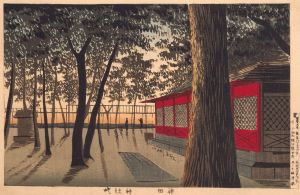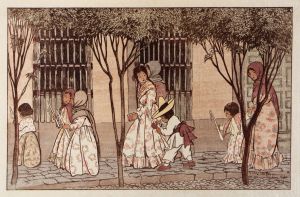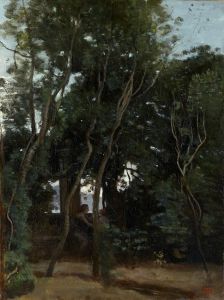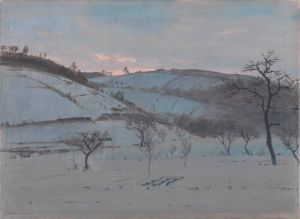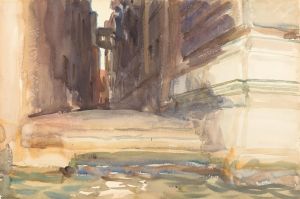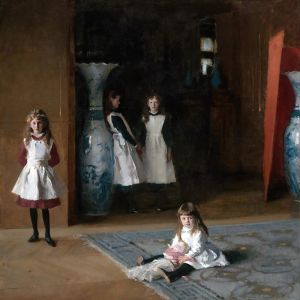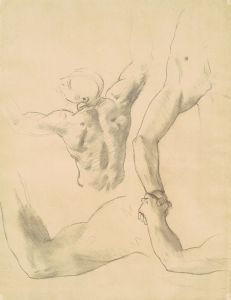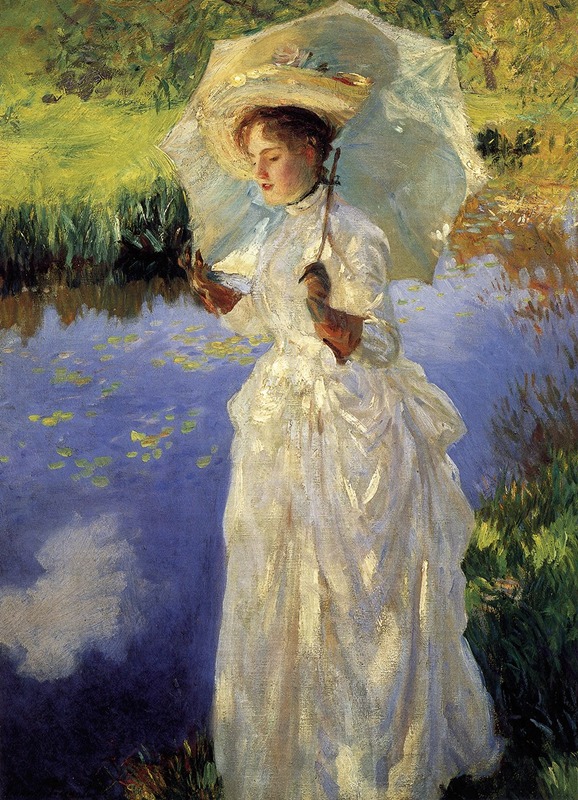
Morning Walk
A hand-painted replica of John Singer Sargent’s masterpiece Morning Walk, meticulously crafted by professional artists to capture the true essence of the original. Each piece is created with museum-quality canvas and rare mineral pigments, carefully painted by experienced artists with delicate brushstrokes and rich, layered colors to perfectly recreate the texture of the original artwork. Unlike machine-printed reproductions, this hand-painted version brings the painting to life, infused with the artist’s emotions and skill in every stroke. Whether for personal collection or home decoration, it instantly elevates the artistic atmosphere of any space.
"Morning Walk" by John Singer Sargent is a painting created in 1888 by the renowned American artist. Known for his exceptional skill in portraiture and his ability to capture light and atmosphere, Sargent painted this work during a period when he was exploring outdoor scenes and experimenting with Impressionist techniques.
The painting depicts two figures, Edith French and her sister, Florence Carter-Wood, walking together in a sunlit landscape. The women are dressed in elegant white gowns, which reflect the light and create a sense of movement and grace. The background features a lush, green setting, possibly a garden or park, with dappled sunlight filtering through the trees. The composition emphasizes the interplay of light and shadow, a hallmark of Sargent's style during this phase of his career.
"Morning Walk" is often noted for its loose brushwork and the artist's ability to convey a sense of immediacy and naturalism. The painting reflects Sargent's interest in plein air painting, a technique he adopted after being influenced by the Impressionist movement in France. While Sargent is primarily known for his formal portraits, works like "Morning Walk" demonstrate his versatility and his ability to capture more informal, everyday moments.
The painting is currently part of a private collection and is not on public display. As a result, it is less widely known compared to some of Sargent's other works, such as "Portrait of Madame X" or "Carnation, Lily, Lily, Rose." However, it remains an excellent example of his ability to blend traditional portraiture with the more modern, spontaneous techniques of his time.
No further detailed information about the painting's commission, provenance, or specific historical context is readily available.





